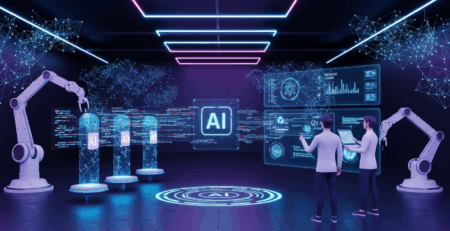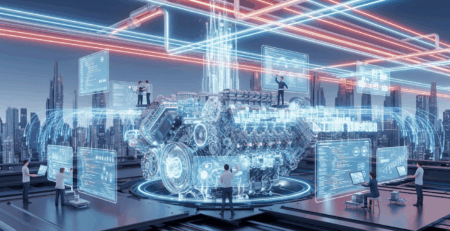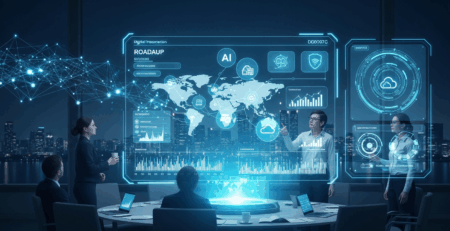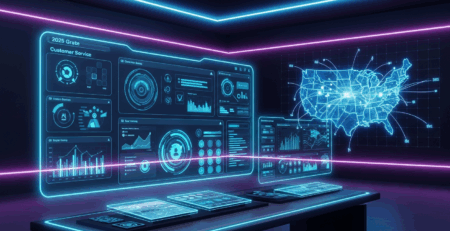Software Quality Assurance: The Backbone of Reliable Digital Products
DSSP2025-11-26T10:48:12+00:00In a Digital World, Reliability Is the Ultimate Currency
Every digital product from a banking app to an autonomous car runs on one unspoken promise: it must work, every time. But behind that promise lies an invisible discipline that makes it possible Software Quality Assurance. In 2025, when technology evolves faster than ever, Software Quality Assurance (SQA) is not just a process it’s the heartbeat of trust. Enterprises from Silicon Valley to New York are realizing that innovation means nothing without dependability. In an era where one bug can cost billions, Software Quality Assurance has become the strategic differentiator that separates brands that thrive from those that fail.
What Exactly Is Software Quality Assurance (SQA)?
Let’s get one thing straight: Software Quality Assurance is not testing. Testing is a subset of SQA a tactical step in a much larger strategic framework. Software Quality Assurance encompasses every phase of the software lifecycle from planning and development to deployment and maintenance. It ensures that processes, methodologies, and deliverables align with defined quality standards. SQA is proactive, not reactive. When done right, it ensures that software is not only functional but predictably excellent.
Why Software Quality Assurance Is Non-Negotiable in 2025
Software runs the modern world but trust runs software. From fintech platforms to medical software, the stakes couldn’t be higher. In 2025, Software Quality Assurance has moved from a back-office function to a boardroom discussion. CEOs and CTOs now understand that QA is not an expense; it’s an investment in reliability, brand equity, and risk reduction.
The Evolution: From Quality Control to Quality Engineering
Once upon a time, “quality assurance” meant checking code after development. But with agile methodologies and DevOps, the model flipped. Now, Software Quality Assurance starts on day one integrated directly into development pipelines. QA teams have transformed from gatekeepers to enablers of innovation. Modern SQA emphasizes shift-left testing, continuous validation, and a culture of collaboration. Companies like Intel and Google pioneered this integrated QA model, achieving speed, agility, and confidence.
The Business Case: Quality Is the New Competitive Advantage
Every outage or software failure costs money and credibility. According to a 2024 Capgemini report, software defects cost global enterprises over $300 billion annually. The solution isn’t more testing its smarter assurance. Software Quality Assurance delivers measurable ROI: fewer production bugs, faster deployments, and better customer retention. For brands like Amazon and Microsoft, QA isn’t a step it’s the core of their product strategy.
Automation and AI: The New Engine of Quality
The scale and speed of modern ecosystems demand intelligence beyond human capacity. AI-driven Software Quality Assurance changes everything. By 2025, QA platforms leverage AI to predict failures, generate test cases, and self-heal scripts. At Google, ML frameworks validate every code change; at Intel, predictive QA identifies risks early. AI has turned QA into a self-learning ecosystem one that continuously improves accuracy and resilience.
Cloud-Native SQA: Where Flexibility Meets Resilience
The rise of cloud computing has redefined Software Quality Assurance. Cloud-native QA frameworks allow organizations to test at scale across global environments. Parallel testing reduces validation time drastically. Real-world traffic simulation identifies bottlenecks before users notice them. Cloud-first QA brings elastic scalability, faster feedback loops, and seamless collaboration forming the foundation of sustainable digital speed.
Human Intelligence: The Unreplaceable Factor
Despite automation’s brilliance, human judgment remains central to Software Quality Assurance. Automation can test functionality but only humans can assess usability, empathy, and emotion. QA engineers now act as experience guardians, ensuring that digital products feel intuitive and trustworthy. Technology doesn’t drive innovation people do.
Security Assurance: Quality Equals Protection
In 2025, security and quality are inseparable. A perfect app that’s vulnerable to attack isn’t a success it’s a threat. Security Assurance, a core element of SQA, ensures secure coding, encryption, authentication, and compliance testing. For sectors like finance and healthcare, QA now guarantees trust by design.
Data-Driven Decision-Making: QA as a Source of Intelligence
Every test creates data and that data drives insight. Enterprises that treat QA as analytics can forecast failures and guide development intelligently. Modern Software Quality Assurance tools analyze historical results to identify regression patterns, performance thresholds, and satisfaction correlations. QA becomes a strategic advisory layer not just preventing risk but enabling smarter, data-led innovation.
The Future of Software Quality Assurance: Predictive, Autonomous, Human-Centered
The next decade belongs to predictive QA systems that anticipate issues before they arise. Enterprises will use autonomous QA ecosystems that validate software in real-time across every platform. But humans will still define what quality means. The future of SQA isn’t automation replacing people it’s intelligent systems amplifying human capability.
Conclusion: Quality Assurance Is Trust Assurance
Software Quality Assurance isn’t a task it’s a mindset. It ensures that users can rely on technology with confidence. In the boardrooms of 2025, quality is a promise, not a metric. As Alex Goryachev says: “Innovation is not about technology. It’s about responsibility.” That’s what SQA represents responsibility turned into reliability, and reliability turned into trust.















Leave a Reply